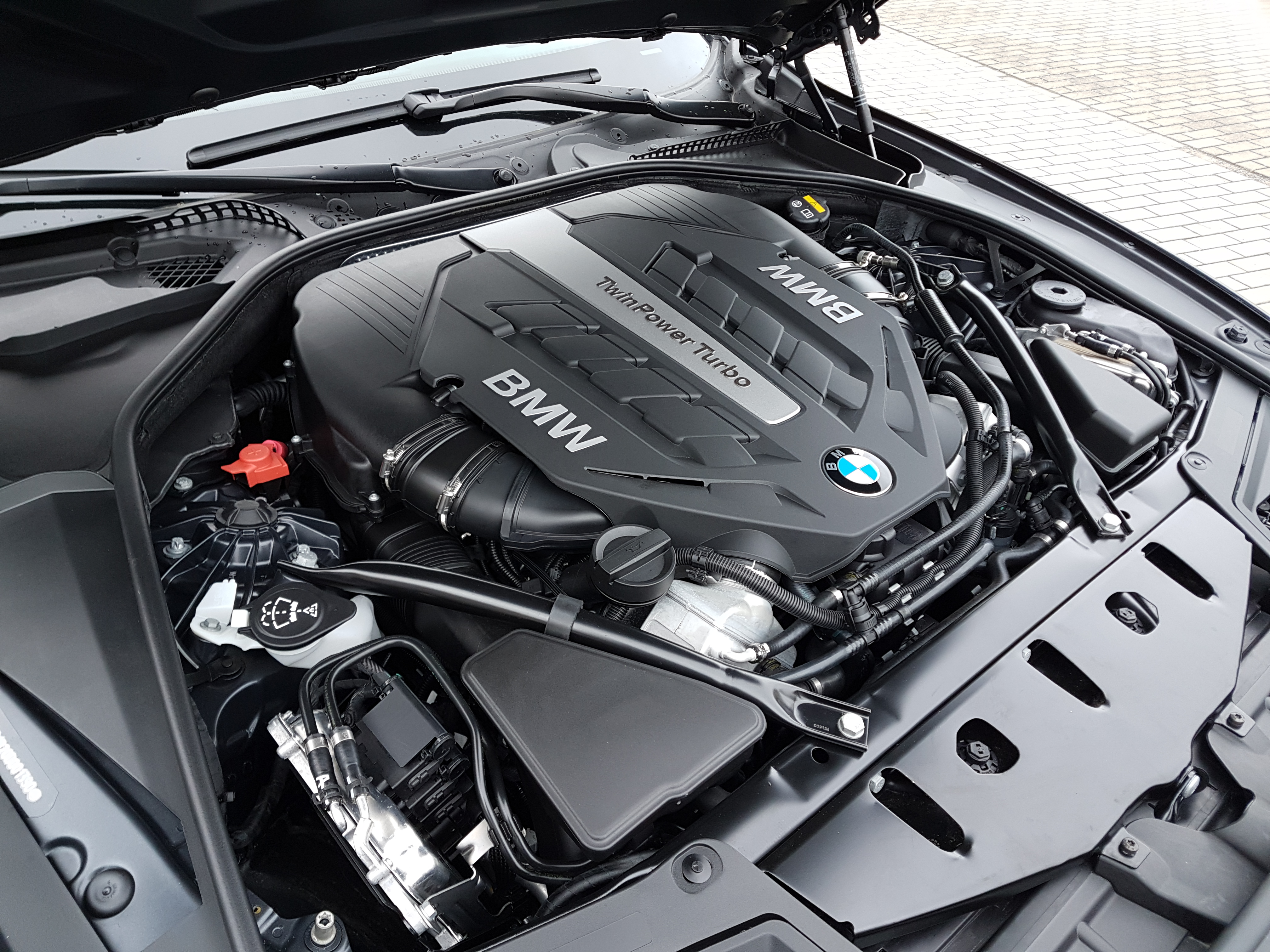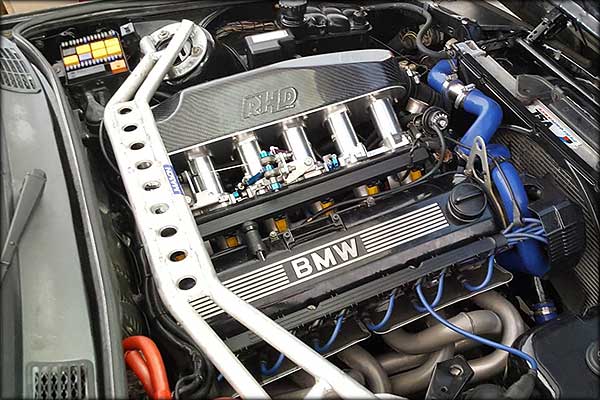A Comprehensive Guide to Comprehending BMW Engine Specs
A Comprehensive Guide to Comprehending BMW Engine Specs
Blog Article
Exploring the Development of Combustion Engines in Modern Transportation Solutions
As we browse the landscape of contemporary transportation, the advancement of combustion engines stands as a testimony to human resourcefulness and engineering expertise. The interaction of background, technology, and ecological worries in forming the trajectory of combustion engines develops a narrative that is both compelling and informative.
Early Beginnings of Combustion Engines
Just how did the principle of burning engines first arise in the onset of transportation growth? The roots of combustion engines can be traced back to the 17th century when the principles of internal combustion were initial discovered. In 1673, Christian Huygens conceived a fundamental internal combustion engine that used gunpowder to create power. It had not been till the late 19th century that sensible applications of combustion engines in transport began to arise.
The innovation moment featured the development of the initial successful gasoline-powered engine by Karl Benz in 1885 - bmw engine. This engine led the way for the advancement of the modern automobile, changing transportation systems worldwide. Subsequent developments by Nikolaus Otto and Gottlieb Daimler even more improved combustion engine innovation, causing the mass manufacturing of autos and the fast growth of the transportation market
These early combustion engines were defined by their simpleness and performance, laying the foundation for the complex and effective engines used in modern-day transport systems. The development of combustion engines has actually contributed fit the means we take a trip and transport goods, noting a substantial turning point in the background of transport growth.
Shift to Internal Combustion Technology
The shift to internal combustion technology marked an essential shift in the development of transport systems. This shift began in the late 19th century, with inventors like Nikolaus Otto and Gottlieb Daimler creating the initial effective interior combustion engines. These engines transformed transportation by providing a much more effective and effective choice to vapor engines and electrical motors.
Among the essential advantages of inner combustion engines was their ability to be reduced to fit into automobiles, causing the development of motorbikes and cars. This shift from cumbersome, fixed engines to compact, mobile ones paved the means for the contemporary transportation systems we see today.
The transition to internal combustion innovation also stimulated advancements in fuel modern technology, resulting in the development of gasoline and diesel as key gas resources for vehicles. This shift not just made transportation much more easily accessible to the masses yet also laid the foundation for the oil and gas industry to come to be important to global economic situations.
Effect of Combustion Engines on Transport
The adoption of combustion engines in transport systems catalyzed an extensive change in the efficiency and rate of global movement. Burning engines changed transport by providing a trustworthy and flexible source of power for various cars, consisting of autos, ships, planes, and vehicles. This technology substantially boosted the capacity for items and individuals to move over fars away in shorter period, leading to increased connection in between regions and countries.
Additionally, the widespread usage of combustion engines has actually had a substantial effect on financial development. The capacity to move items effectively has actually spurred profession and business, permitting businesses to expand their markets and get to consumers worldwide. This has promoted financial growth and globalization, as items can now be moved quicker and in larger quantities than in the past.
Nevertheless, the environmental influence of burning engines can not be neglected. The burning of fossil gas has caused air contamination and greenhouse gas exhausts, contributing to environment adjustment and positioning health dangers to populations. bmw engine. Because of this, there is a growing emphasis on establishing alternative propulsion technologies to minimize these negative results and develop a more lasting future for transportation
Technologies in Combustion Engine Style
Numerous innovations in burning engine design have moved the evolution of transportation systems over the years. One notable innovation is the development of turbocharged engines, which make use of exhaust gases to drive a turbine that presses incoming air, permitting more fuel to be charred, resulting visit this site in enhanced power outcome without a significant increase in engine dimension. Furthermore, straight injection innovation has improved gas efficiency and performance by precisely regulating the quantity and timing of fuel infused right into the combustion chamber. Variable valve timing systems have actually likewise revolutionized engine style by optimizing air movement at various engine rates, improving both power and performance. Another significant advancement is the combination of lightweight products such as carbon fiber and light weight aluminum alloys, minimizing general engine weight and boosting automobile gas economic situation. Furthermore, advancements in computer-aided layout have allowed engineers to maximize engine efficiency and efficiency with simulations prior to physical prototypes are constructed, saving time and sources in the advancement procedure. These innovations collectively add to the continual improvement of burning engines in modern transportation systems.
Future Patterns in Combustion Engine Advancement
With technology improvements driving continuous innovation, the future of combustion engine growth is positioned to revolutionize transportation systems internationally. One of the key trends in burning engine growth is the press towards greater performance and minimized link discharges. Suppliers are investing heavily in r & d to boost engine performance while meeting stringent ecological guidelines. This includes the integration of sophisticated gas injection systems, improved turbocharging techniques, and making use of light-weight products to enhance gas intake and decrease carbon exhausts.
An additional famous trend is the adoption of crossbreed innovations in burning engines. Crossbreed engines combine typical burning modern technology with electrical power, providing improved fuel effectiveness and reduced exhausts. As the automotive industry shifts in the direction of electrification, crossbreed burning engines are viewed as a transitional service that links the space between standard cars and totally electrical ones.
In addition, the integration of clever innovations, such as expert system and information analytics, is expected to play a significant function in the future of combustion engine development. These innovations can maximize engine efficiency in real-time, causing a lot more effective burning processes and enhanced total vehicle efficiency. Embracing these future trends will not just drive development in burning engine development however additionally add to a more ecologically friendly and lasting transportation web environment.

Verdict
In conclusion, the evolution of burning engines in contemporary transportation systems has been noted by considerable advancements in innovation and style. From the very early beginnings of burning engines to the transition to interior burning innovation, these engines have actually had an extensive influence on transport.
The origins of burning engines can be mapped back to the 17th century when the principles of interior burning were initial explored. These engines revolutionized transportation by supplying a much more efficient and effective alternative to vapor engines and electrical motors.

Report this page